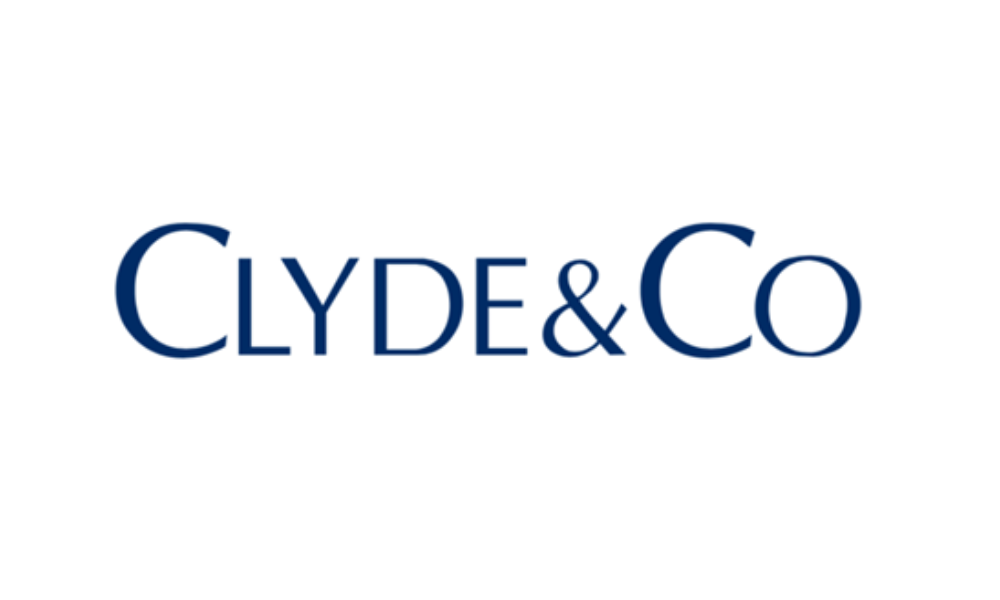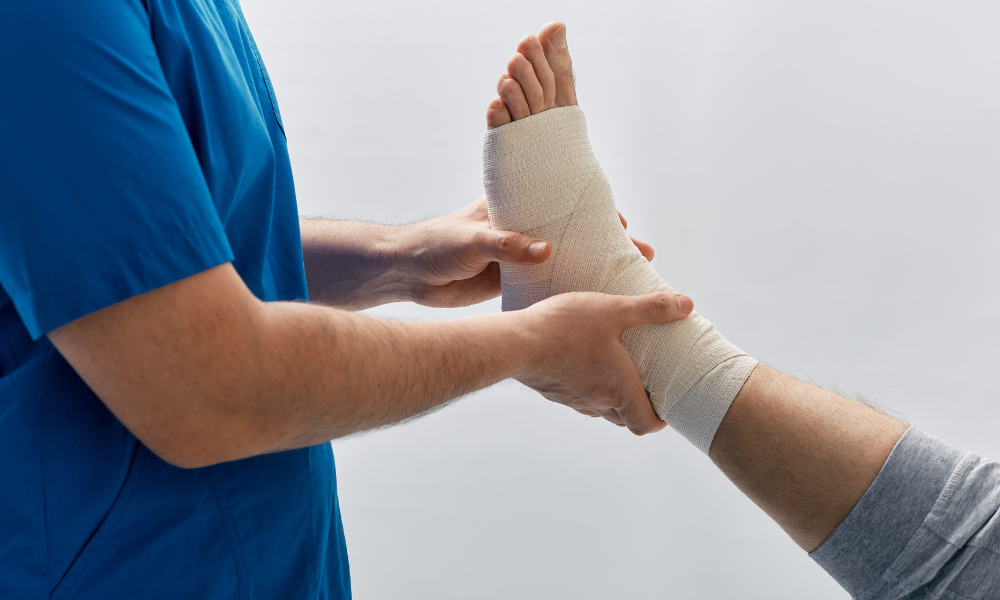You may be unfamiliar with the expression Internet of Things, but every consumer has been dealing with it for years now. You may even be doing it right now while reading this article, using your smart phone or your tablet. In lay terms, the Internet of Things (IoT) defines the realm of objects, software and devices which are connected to the Internet, share data and have the ability to communicate between one another.
These “smart” objects form part of our everyday lives. They range from household appliances, to thermostats, light bulbs, locks and many more. These smart objects have also integrated consumer safety devices, such as baby monitors and smoke detectors.
With estimations ranging between 25 and 75 billion smart objects in circulation worldwide by 2025, excluding computers, cellphones and tablets, the risk of these products failing, or malfunctioning should be carefully researched by software designers, manufacturers and retailers. One can easily think of multiple issues that could ensue from the use of these smart devices, ranging from software malfunctions and vulnerabilities (hacking) to misconfiguration and users’ misuse.
Take for example a “smart” smoke detector which fails to activate in case of a fire, resulting in property damages or worse, casualties. Such an incident would prompt questions as to who is to blame; the device manufacturer, the software designer, the user, all of them? Can liability be apportioned? We comment below on the current product liability legal framework in Quebec, while discussing areas commanding further considerations in the context of this emerging new IoT ecosystem.
The Current Legal Framework for Product Liability Claims
Product liability claims involving manufacturers in Quebec are generally based on either of two legal regimes, namely the civil liability regime applicable to safety defects, or the contractual regime providing for a warranty of quality.
Know more about the different laws governing product liability in Canada here.
Civil Liability: The Safety Defect Regime
General liability (similar to the tort of negligence in common law) for safety defects is governed by Articles 1468 and 1469 of the Civil Code of Quebec (CCQ). These articles provide that a manufacturer, but also a distributor, a supplier, a wholesaler, an importer or a retailer are bound to make reparation for damages caused to a third party victim due to the safety defect of a product. Liability can exist even if the product is incorporated with or placed in a building for its service or operation.
Safety defects are classified in one of three categories, namely
- A design or manufacturing defect;
- A poor preservation or presentation; or
- Insufficient indications as to the risks and dangers the product involves or the means to avoid them.
Contrary to standard hardware devices, “smart” devices are constantly evolving through software updates during their life cycle, while also “learning” to adapt to their users. While courts have acknowledged that manufacturers can exonerate themselves from liability if they can demonstrate that the science at the time the product was developed did not allow them to reasonable foresee the occurrence of the risks or dangers associated with these “smart” products, this constant evolution may complexify the analysis.
That said, as with any product liability litigation, Courts are likely to review the product development process, including how software malfunctions brought to light after the product was marketed have been dealt with. Ultimately, manufacturers may be in part dependent on the user’s ability or willingness to perform the required updates.
Contract: The Latent Defect Regime
The contractual regime of Articles 1726 CCQ and following provides for a legal warranty against latent defects. Interestingly, the law in Quebec allows for a claim based in contract even absent a direct contractual relationship between a consumer and a manufacturer (circumventing the common law notion of privity of contract). As such, a number of claims resulting from property damage due to a product malfunction and/or failure are based in contract.
The latent defect regime provides that the seller is bound to warrant to the buyer that the product and its accessories are, at the time of the sale, free of latent defects which render it unfit for the use for which it was intended, or which so diminish its usefulness that the buyer would not have bought it or paid so high a price if he had been made aware of these defects. The seller is not bound, however, to warrant to the buyer against any latent defect known to the buyer or any apparent defect. An apparent defect has been defined as a defect that can be perceived by a prudent and diligent buyer without the need to resort to an expert.
However, if the product is sold by a professional seller, a distributor, a supplier, a wholesaler or a manufacturer, which is likely to be the case with “smart” devices, the law provides for a presumption that the defect existed at the time of the sale. To be allowed resorting to this legal presumption, it must be demonstrated that the product malfunctioned or deteriorated prematurely when compared to an identical or similar products. This legal presumption can be rebutted, where the defect is due to the improper use of the product by the buyer.
In the context of devices that constantly evolve, often requiring software updates, the Court may need to redefine what a premature failure means. It may no longer be sufficient to rely on the simple notion of a product’s life expectancy, which is inherent to its hardware. Alternatively, Quebec law, which tends to be favourable to consumers, may adopt a simplistic approach to this concept, leaving it to the manufacturers to provide insights into the evolution of a “smart” device.
What Does the Legal Future Holds for “Smart” Devices in Quebec?
While the law and the courts in Quebec have not yet been confronted with the dealing of catastrophic incidents involving smart devices resulting in property damages, these new devices are sure to bring an interesting debate in the 21st century as we continue to see new “smart” devices emerging on the market.
Amongst the foreseeable challenges, to name a few, one should consider what type of expert evidence will be required. New type of experts, specialized in computer science and software integration, may be needed to enlighten the courts on the proper functioning of these devices. Data and evidence gathering may need to take a new form as well, while the amount of data alone is likely to pose new collection and conservation challenges. In sum, the future is full of innovative questions to which the law may never be able to fully catch up.
***
 Noémie Bégin is a partner in Clyde & Co’s Montreal office, specializing in insurance litigation, principally in the fields of product liability and professional liability.
Noémie Bégin is a partner in Clyde & Co’s Montreal office, specializing in insurance litigation, principally in the fields of product liability and professional liability.





